Here ye! Here Ye! Today marks the day in which we raise our glasses to all that is good in the world. Squid and Cuttlefish. Throw your tentacles in the air and wave them like you just don’t care and get to celebrating some of the coolest cephalopods in the sea.
However, a word of caution whilst you go forth and proclaim your cephalove to the world (which you better do or we will set our Kraken on you). Not all cuttlefish are as cuddly as their name might incline you to believe. Take for instance, the Flambouyant Cuttlefish, Metasepia pfefferi. At first glance, you may be mesmerized by the pint-sized tentacle cuteness, rainbow coloration that rivals a skittles commercial, and sparkling personality. Alas, do not be fooled as you go in to be the big spoon to this almighty cuddle puddle. M. pfefferi is more toxic than a Britney Spears song. Well, actually researchers think more on the toxicity level of it’s Blue-ringed octopus brethren who use chemicals known as tetrodotoxins to kill their prey (or any puny humans that come along). Unlike these guys however, toxins that make the Flamboyant Cuttlefish most uncuddle-able have yet to be classified.
So continue on with your tentacular celebrations good people, but just keep this in mind…
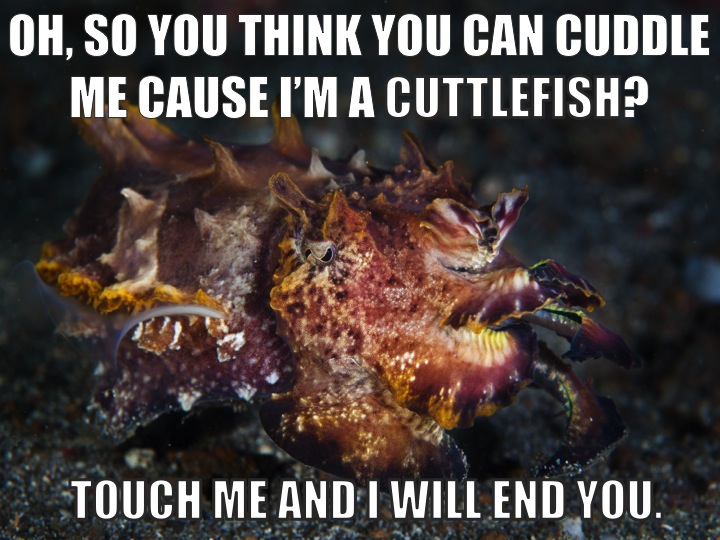
Reference:
Norman, M., Debelius, H. 2000. Cephalopods – A World Guide, Conchbooks, Germany.

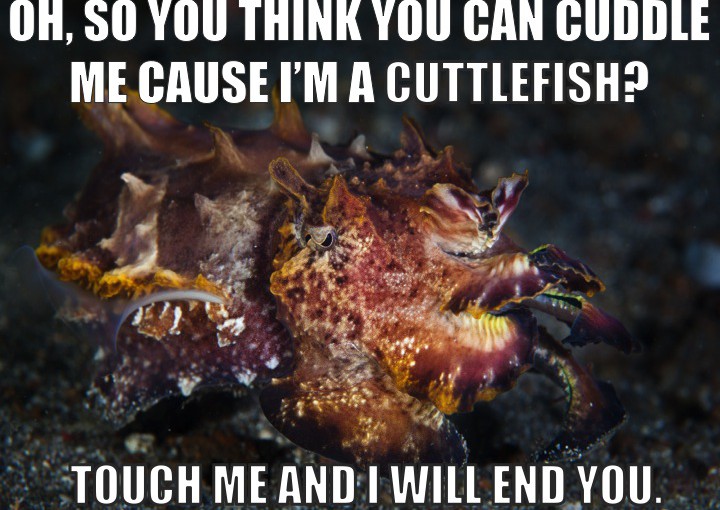
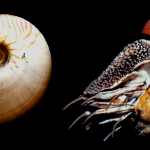


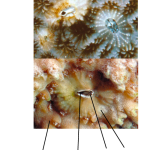
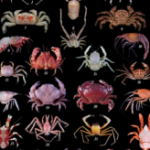
Nice work, I enjoy the”voice” that you use in your articles.
Thanks! The scary part is when I actually talk like this in real life…..
I’m curious if you’ve come across any published data on the flambouyant’s “toxin”? The only actual mention of it that I can find is in the NOVA “Kings of Camouflage” documentary, where Dr. Mark Norman says he suspects they might be poisonous.
http://www.pbs.org/wgbh/nova/nature/kings-of-camouflage.html
Wikipedia says that a subsequent toxicology report shows that the toxin is in the muscle tissue, making it poisonous, (unusual for a cephalopod and not to be confused with venomous, which is not unusual at all). It also says that the toxin is “as lethal as that of fellow cephalopod the blue-ringed octopus”. There are no accompanying citations.
If this animal is just poisonous, then it joins a long list of animals that are perfectly safe to work with as long as you don’t accidentally eat them.
I ask because there are public aquariums that have pulled these animals off display and prohibited handling of them due to this “deadly toxin”. No one really seems to have any idea what the real story is. Any thoughts?
Great question! To my knowledge no one has classified the actual toxin. Here are some sources that discuss:
Williams et al. 2011 Ontogeny of Tetrodotoxin Levels in Blue-ringed Octopuses: Maternal Investment and Apparent Independent Production in Offspring of Hapalochlaena lunulata
Norman, M., Debelius, H. 2000. Cephalopods – A World Guide, Conchbooks, Germany.
Hope that helps!